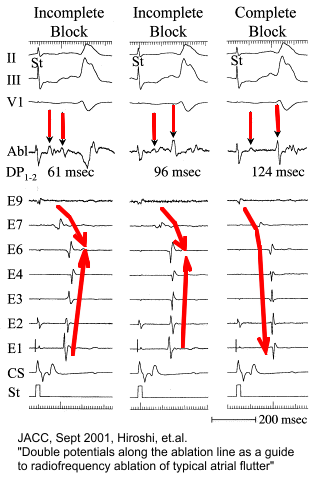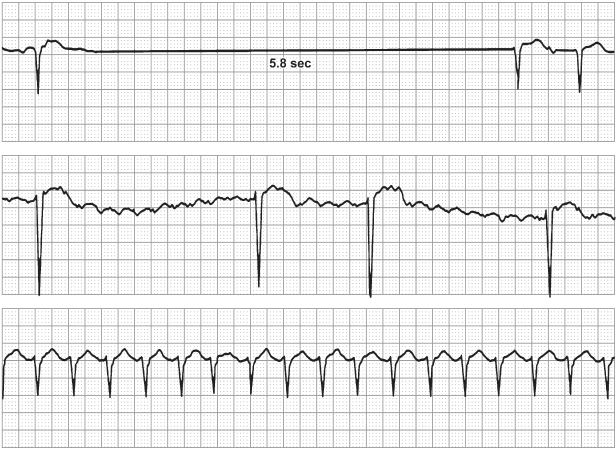

A procedure is a clinical intervention that is surgical in nature, carries a procedural risk, carries an anaesthetic risk, requires specialised training and/or requires special facilities or equipment available only in an acute-care setting.An additional diagnosis is reported if the condition affects patient management.Īnalysis of procedures is included in this report. An additional diagnosis is a condition or complaint either coexisting with the principal diagnosis or arising during the episode of admitted patient care.A principal diagnosis is recorded at separation and determined to be chiefly responsible for the patient's episode of care in hospital.This report includes analysis of hospitalisations in which AF was coded as a principal diagnosis and additional diagnosis. Separations from Western Australia which were coded as being an ‘Inter-hospital contracted patient to private sector hospital’ were excluded based on advice from WA to avoid double counting of these separations. The following care types were excluded from analysis: 7.3 (newborn-unqualified days only), 9 (organ procurement-posthumous) and 10 (hospital boarder). Patients in these settings may be admitted subsequently, with the care provided to them as admitted patients being included in the NHMD. The hospital separations data do not include episodes of non-admitted patient care provided in outpatient clinics or emergency departments. ‘Separation’ is the term used to refer to the episode of admitted patient care, which can be a total hospital stay (from admission to discharge, transfer or death) or a portion of a hospital stay beginning or ending in a change of type of care (for example, from acute care to rehabilitation). The counting unit in the NHMD is the ‘separation’, described as ‘hospitalisations’ in this report. The scope of the NHMD is episodes of care for admitted patients in all public and private acute and psychiatric hospitals, free-standing day hospital facilities, and alcohol and drug treatment centres in Australia. It contains information on episodes of care for admitted patients in hospital, and includes demographic, diagnostic, outcomes, interventions and procedural information. If this happens, the procedure may be repeated or you and your health care provider might consider other treatments.The National Hospital Morbidity Database (NHMD) is a collection of episode-level records from the Admitted Patient Care National Minimum Data Set. Most people see improvements in their quality of life after this type of cardiac ablation, but there's a chance the atrial flutter may return. ResultsĪfter atrial flutter ablation, you'll need regular checkups to monitor your heart. Afterward, you'll be taken to a recovery area where care providers will closely monitor your condition.ĭepending on your condition, you may be allowed to go home the same day or you may spend a night in the hospital. The scarring helps block the electrical signals that are causing the atrial flutter.Ītrial flutter ablation typically takes two to three hours. Heat (radiofrequency energy) is applied to the target area, damaging the tissue and causing scarring. This information is used to determine the best place to apply the ablation treatment. Sensors on the tip of the catheter send electrical impulses and record the heart's electricity. The doctor inserts a long flexible tube (catheter) into the vein and carefully guides it into your heart. Once the sedative takes effect, a small area near a vein, usually in your groin, is numbed. You'll likely receive a medication to help you relax (sedative). What you can expectĪtrial flutter ablation is done in the hospital.

Atrial flutter ablation may restore a typical heart rhythm, which may improve quality of life. Atrial flutter ablation is done to control the signs and symptoms associated with atrial flutter.


 0 kommentar(er)
0 kommentar(er)
